|
1SR Falci 100, in "Botan Blue", 85cm, 50mm wide, 603g, This blade has a fully-formed belly and rocker, to handle bumpier fields, like my favorite Penn. Dutch Redtenbacher blade. I asked Falci to reproduce my favorite Redtenbacher blade in 85cm, and they said there was no need to. This one is similar, they said, and will probably mow better! So there you go. This blade is awesome. A strong, stiff, well-formed, and balanced blade. The form of the blade is more like a cross between my Gartensense blades and the FUX 2010 or Profisense. It doesn't have as much of a hook in front, as the 2010, making it easier for beginners to use, and requires less twisting of the torso in the full field stroke, which I prefer. I like using a lot of lateral motion in my scythe stroke. Only double peened, but to a thinly tapered bevel that runs easily over the nail, in the thumbnail test. I finally got to really put it through it's paces this fall, and shoot some video of it in action. See the three videos below:
1 Comment
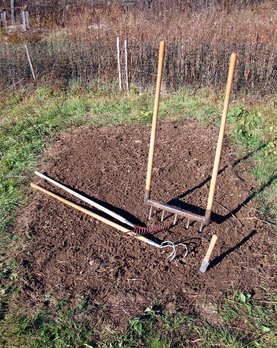 As you can imagine, on my scythe-based farm, I don't use roto-tillers either. I have heavy clay soil here. If I need to work the soil under a mulched garden bed, I use the tools pictured on the right. First, I remove the mulch. Then I sprinkle on soil amendments (minerals, bio-char and compost.) Next, I loosen the bed with my Gulland Forge broadfork. Then I use the Japanese garden knife to dig out any deep rooted weeds, like thistles, dandelion, and burdock. I then work the amendments into the soil with a 3-tine cultivator. I like this Swiss made one from Johnnies. Next, I rake the bed smooth for the seeds with a garden rake with short teeth. I first saw this film in the 1990's, at a workshop for community gardeners, in Minneapolis, MN. I was absolutely delighted by it. I had already been long inspired by Fukuoka's methods, but I hadn't heard of Ruth Stout before. Seeing how she gardened motivated me to try growing potatoes under hay mulch, like she does. The only problem was where to get the hay? Small hay bales were becoming rare. Small, organic bales even more so. Most organic farmers make big round bales now. Horse hay could still be sometimes found in small bales, but it wasn't organic. Did I really want to grow organic potatoes, in non-organic hay? I grew up on a horse farm, and I knew very well how problematic it is to produce your own baled hay on a small-scale. New haying equipment is expensive. You needed a tractor, a mower, a hayrake, a baler, and a wagon. Cheaper, used equipment breaks down all the time. If you hire a neighboring farmer to make hay for you from your land, they were usually bailing their own hay at optimal haying times, and get around to your's later. Buying hay can also be expensive. You have to pay for the hay, plus delivery. Or you need to own a truck to go get it yourself. And you don't have any idea of how many weed seeds are in it. Plus, I wanted to grow organic vegetables, and therefore I wanted organic hay.
One day while watching an episode of the TV show, "Gardening Naturally", with Eliot Coleman, I saw the solution. Eliot was demonstrating the use of an Austrian (German) scythe for cutting green material for his compost pile. He grew a patch of alfalfa just for this purpose. He also went out around the neighborhood and mowed people's overgrown, empty fields for more compost material. "Aha!", I thought. I could get an Austrian scythe, and make my own hay for mulch! |
Botan AndersonArchives
March 2023
Categories
All
|
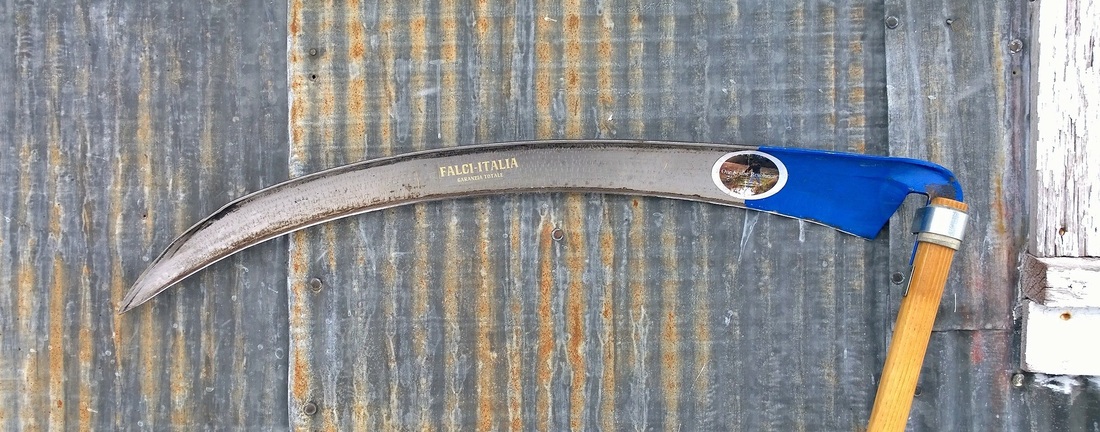
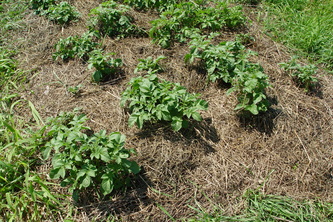
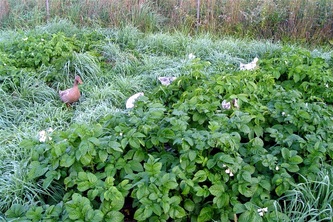

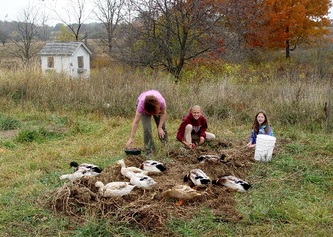
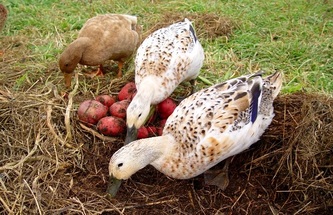
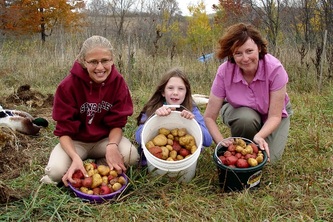
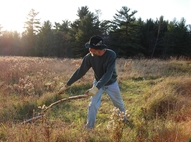
 RSS Feed
RSS Feed